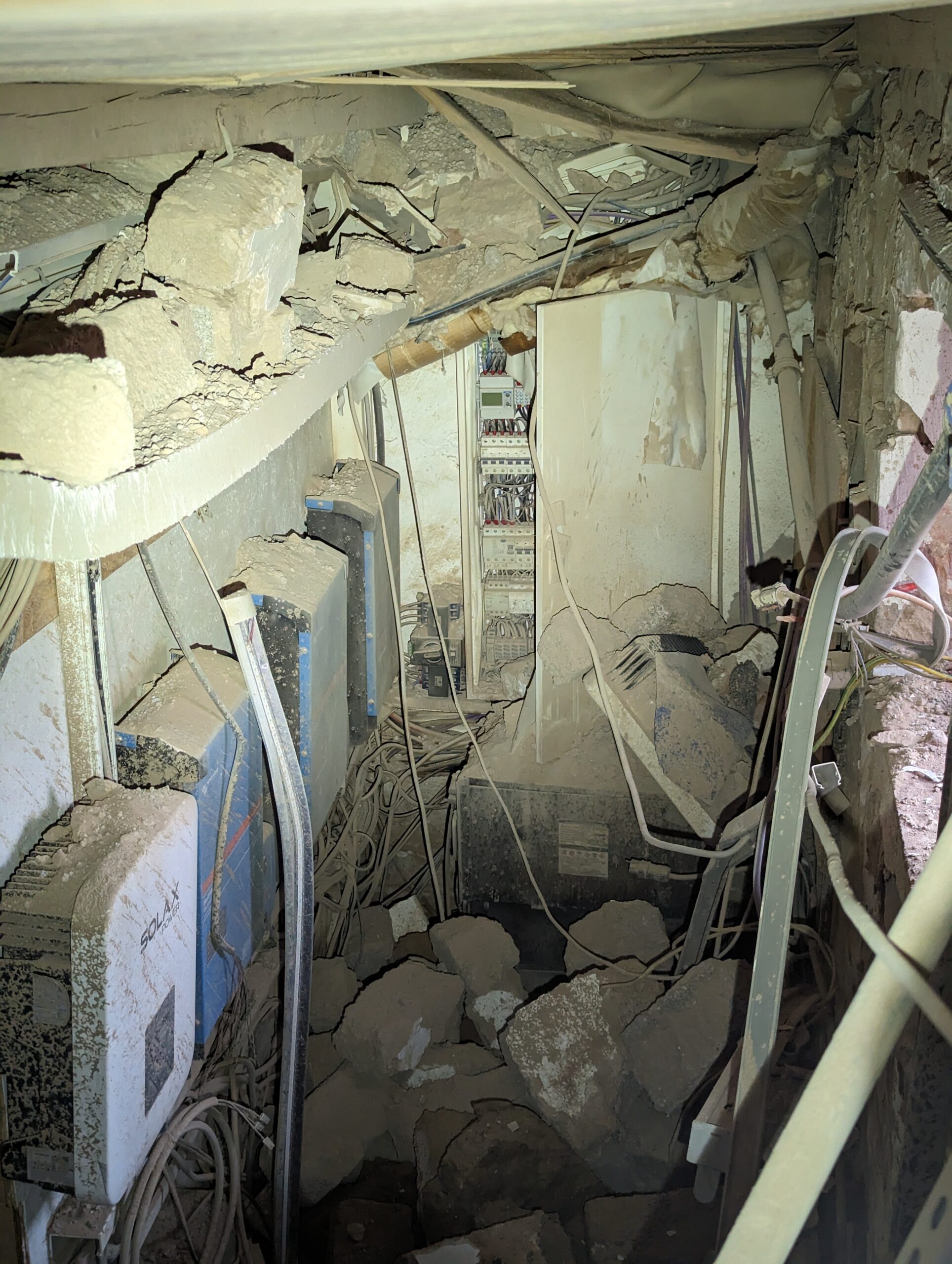OffGridForGood
Catch, make or grow everything you can.
of course - she always knew these are just for funDid you tell her the truth about Santa Claus and the Easter Bunny also?!
of course - she always knew these are just for funDid you tell her the truth about Santa Claus and the Easter Bunny also?!
one explosion in one country out of 500 million or so similar homes. pretty rare event.it's much more common that it's another fuel source like a gas can and the water heater provided the ignition. 100+ years we've been refining gas appliances for safety.
That looks like a collapse to me.To me the battery case looks very much undamaged

https://www.photovoltaikforum.com/thread/214845-explosion-eines-30-kilowattstunden-batteriespeichers-zerstört-wohnhaus-in-wernge/?postID=3444596#post3444596
Is that for a single 5kWh battery? 142m3 is garage-sized. That suggests that a small box with devices that can arc is a real hazard.As a point of data, this chart shows just what gasses were admitted by a lfp rack battery undergoing a simulated thermal runaway test for 9540A:
Sarcasm noted, but LEL is just a function of gas concentration with an ignition source.Not my home. Way to many air leaks. The pressure would never build up high enough. ??
Is this for a single 48V 100Ah rack style battery?As a point of data, this chart shows just what gasses were admitted by a lfp rack battery undergoing a simulated thermal runaway test for 9540A:
View attachment 175419

Interesting story, a fire safety expert once told me: If we just discovered natural gas today, it would be impossible to get it passed for domestic use in N.America today.Completely plausible.
In my region and others nearly every single house has a gas water heater and you don't hear about anybody's house blowing up. In fact when you do hear about a garage explosion it's much more common that it's another fuel source like a gas can and the water heater provided the ignition. 100+ years we've been refining gas appliances for safety.
Yeah but I think that's true of so many things. Blenders? No way, not without a lid sensor. Doors? They would need finger pinch protection.Interesting story, a fire safety expert once told me: If we just discovered natural gas today, it would be impossible to get it passed for domestic use in N.America today.
PV Magazine ain't news. It's a shameless industry rag.Typical news tactic
The concentration of gases would be highest inside the battery case, so it makes little sense to me that there appears to be no damage to the battery case at all.
I've attached the full test report, while the test included multiple batteries, the report seems to indicate only one rack battery vented in the test.Is this for a single 48V 100Ah rack style battery?
Seems to be saying minimum recommended room size is 142m3, which is around 5000 cubic feet? Maybe my math is off. 1769 liters of gas is a huge amount. So a 280Ah powerpro battery would potentially release 2.8 times that? I guess an outdoor power house wouldn't be a bad decision at all.
View attachment 175485
My little lifepo4 batteries I diy built, have mech vent 24/7. Seems like it's the right thing to do. Not so easy on drop in batteries. So DIY can be safer than very expensive closed cased batteries ?Everyone who understands lead acid vents the compartment because they generate hydrogen in large enough quantities to pose an explosion hazard. It’s all codified and settled. They even vent AGM. Right….? Because in failure mode, AGM vents hydrogen (and maybe some acid).
If LiFePO4 vents hydrogen in failure mode, the compartment ought to be vented.
Just because we don’t, doesn’t mean anything. Sounds like treating it just like and AGM is correct.
Change my mind.
By the time that the room air concentration became explosive and met an ignition source, the concentration inside the battery case could have been too high to explode.The concentration of gases would be highest inside the battery case
Thanks for linking the documents.I've attached the full test report, while the test included multiple batteries, the report seems to indicate only one rack battery vented in the test.

I am not trying to be rude, I just don't want to jack this thread with off-topic things. @houseofancients shared some valuable information for all of us and I don't want to step on it by any means. Hence the link to the other thread.Seems the batteries themselves don't necessarily need to be vented/ducted, assuming they aren't airtight. Just vent the room itself.
Not that enclosing and venting the batteries is bad.
I'm not trying to be rude either. My only point is that you are trying to prevent the accumulation of gases in a room. Air exchange in the room is the important part, not whether something is ducted or not. Ducting the batteries just directs the air exchange/exhaust for easier removal. It's likely more efficient and allows the use of a lower powered fan, which is good. But if you can't duct them, vent the whole room.I am not trying to be rude, I just don't want to jack this thread with off-topic things. @houseofancients shared some valuable information for all of us and I don't want to step on it by any means. Hence the link to the other thread.
Whatever keeps it from the stoichiometric ratio for exploding.I like the idea of venting the whole room too, it won't take much. I would think a small 120mm fan should be sufficient just to keep a decent exchange of fresh air happening.


